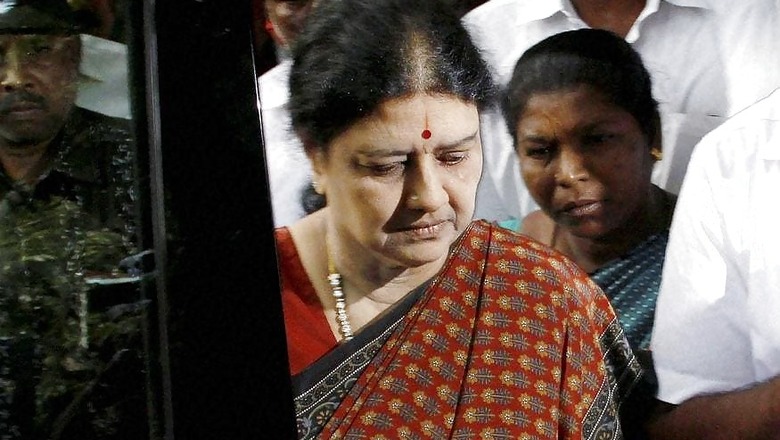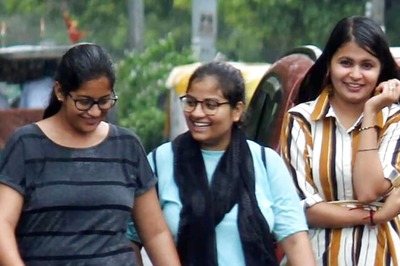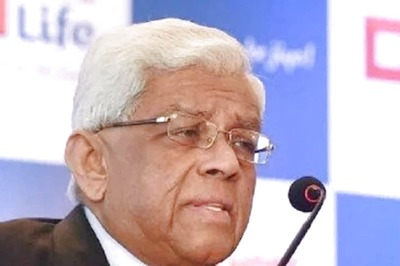
views
New Delhi: ‘Chinnamma’ VK Sasikala has been convicted by the Supreme Court and is staring at four years in Jail and 10 years out of politics. But just what is the DA case that has altered the course of Tamil Nadu politics?
What does DA stand for?
DA stands for disproportionate assets and it refers to a case filed over two decades ago. It refers to the fact that Jayalalithaa during her tenure as Tamil Nadu CM amassed property disproportionate to her known sources of income.
What is the quantum of disproportionate assets?
The chargesheet filed in 1997 alleged that Jayalalithaa’s assets rose from Rs 2.01 crore in 1991 to Rs 66.65 crore in 1996, while her declared source of income was Rs 1 per month during that period.
Who filed the case?
Subramanian Swamy, then head of the Janata Party, was one of the petitioners in the case.
What are the main charges in the chargesheet?
The chargesheet was filed under the Prevention of Corruption Act and mentioned Jayalalithaa, Sasikala, her nephew Sudhakaran and sister-in-law Ilavarasi. It said that they had opened shell companies under bogus names and Sasikala and her family members operated these companies. The allegation is that money was routed into these shell companies and then laundered via various means.
The chargesheet also mentions the lavish 1995 wedding of Sudhakaran, who was Jayalalithaa’s ‘foster’ son, and the purchase of properties valued at crores of rupees by Jayalalithaa.
Why was the case transferred to Karnataka?
In 2001 Jayalalithaa became chief minister of Tamil Nadu again. The DMK approached the Supreme Court in 2003 asking for the case to be transferred to Karnataka for a fair trial. The SC obliged and transferred the case to Bangalore the same year.
In 2011 Jayalalithaa deposed before the special court and answered 1,339 questions.
Wait, I remember that the court convicted Jayalalithaa. What was that about?
In 2014 the special court convicted Jayalalithaa and three others including Sasikala to four years' imprisonment and slapped a 100 crore rupee fine. Jayalalithaa moved the Karnataka High Court for bail, which it denied. Then she moved the Supreme Court, which granted bail. But Jayalalithaa spent 21 days in prison.
So did the Court acquit Jayalalithaa and the others?
The Karnataka High Court in 2015 acquitted Jayalalithaa and the others. But this verdict was challenged in the Supreme Court.
So what happens now to Sasikala?
Sasikala has to surrender to the Karnataka police. She can file a review petition in the Supreme Court challenging the conviction. If the SC delivers a favourable verdict she could probably get back into Tamil Nadu politics. Till then she will be in jail.
Previous cases suggest that the chances of review petitions in corruption cases succeeding are very slim.




















Comments
0 comment